I did some further research into the World of Words program, which can be found through their website via the University of Michigan. WOW's program description is as follows:
" The World of Words (WOW) curriculum integrates multiple sources of information and technology to stimulate children's literacy development in content areas aligned with national pre-kindergarten standards. In collaboration with the creators of Sesame Street®, WOW uses child-friendly media to support children's learning as they encounter new words and concepts in science, mathematics, social studies, and health. Throughout the WOW curriculum, teachers guide children through developmentally appropriate exercises to increase literacy skills while developing their knowledge and vocabulary in academic content areas."I will confess here that until reading this I was unaware that there are national content standards for preschoolers. I think that you readers are already well aware of my thoughts on academic instruction in early childhood, so let's look more at the WOW curriculum:
1. Lesson begins with a "Tuning In" clip that demonstrates a phonological awareness skill or
letter sound. Other video clips are played that show the vocabulary content for the lesson. The
teacher and students discuss the video and practice new skills and vocabulary.
2. The teacher engages the students in listening and speaking activities that reinforce content. In
the photo above, the teacher is leading a "call-and-response" exercise.
3. The class transitions to circle time activities that use movement to reinforce content, such as
jumping during a unit on exercise.
4. The children are read a book that has been "specially developed for each curriculum category
to illustrate and review key concepts." They also color take-home books about the concepts.
The WOW website tells us that the children in this photo are looking at picture cards to figure
out how they should color their take-home books.
5. The children use picture cards and pocket charts to sort images that represent the vocabulary
content learned in a specific unit, such as "pets."
The second phase of World of Words allows teachers to choose activities and extensions that support the WOW curriculum during centers, free time, or other parts of the day. In a unit about pets...
Some teachers got really imaginative and allowed their students authentic experiences, such as taking a field trip to the humane society...
...or designing a dramatic play center about veterinary medicine.
Others were not so inventive, though this class "pet" was likely very low maintenance.
There you have it: World of Words, developed with the help of Dr. Susan Neuman. Overall, I have nothing against the idea of introducing preschoolers to new vocabulary. Knowing the names for things can only help with communication, which will later aid in reading, writing, and a host of other subject areas. It also gives children more confidence and a feeling of ownership of the world around them. My main issue with WOW, though, can be summed up in one word: authenticity. I believe that the deepest learning comes from student initiative--a desire on the student's part to satiate curiosity. It seems to me that WOW is a prescribed curriculum in which student interest matters little. Better in my eyes would be a vocabulary-rich environment spurred on by student inquiry. If a group of students is asking questions and showing interest in animals and pets, then by all means present content-specific vocabulary about that topic. If a bug in the play yard is piquing interest one day, fill them up with the "grown up" words to describe what they are exploring. You don't need picture cards and videos--find them the real thing. Let them hold, smell, and taste a juicy pear. Let them observe a caterpillar that tickles their fingers as it crawls.
Let them be awed and inspired by the world around them. Let them learn the words that describe it. Let the students lead.

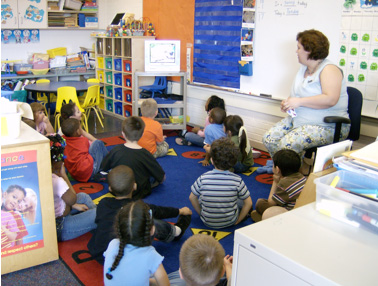
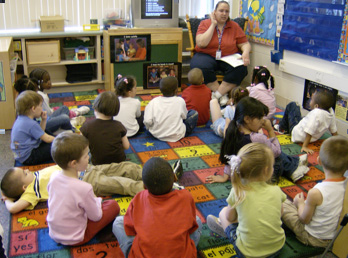

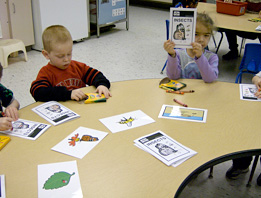

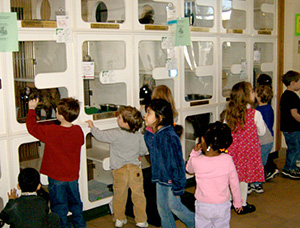

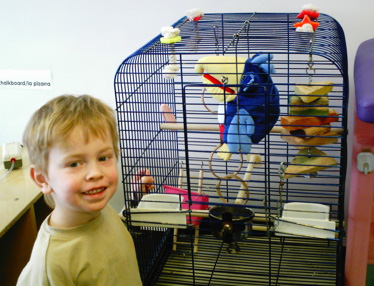
No comments :
Post a Comment